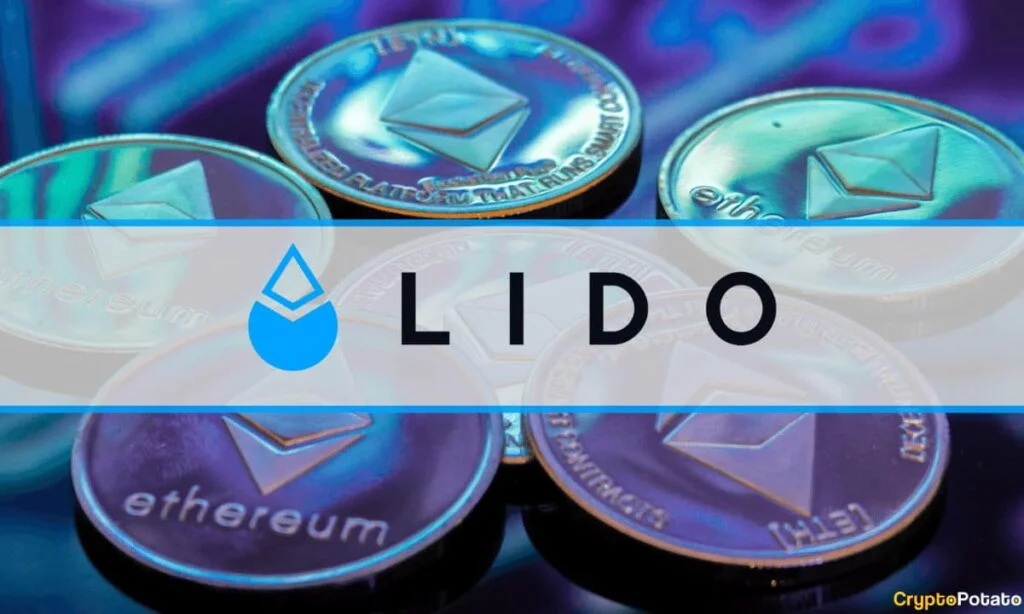Lido Finance has announced plans to extend its ETH staking services over the whole L2 system, as long as certain networks have “demonstrated economic activity.”

Lido Finance, a cryptocurrency staking service provider, has announced plans to increase staked Ether (stETH) support throughout the Ethereum Layer 2 network ecosystem.
The Lido team announced in a blog post on July 18 that it would initially allow Ether staking through bridges to L2s using wrapped stETH (wstETH). Users will soon be able to stake directly on L2s without having to “bridge their assets back” to the Ethereum mainnet in the future.
The team mentioned that it had already integrated its bridged staking services with Argent and Aztec prior to the announcement in terms of partnered L2s. It also mentioned that the following group of alliances and mergers would be revealed over the next weeks.
The Lido team stated that once the fully-fledged L2 staking support is prepared, it will initially begin with L2 powerhouses Arbitrum and Optimism before branching out to additional L2s that have enough “demonstrated economic activity.”
The team hailed this change as allowing users to stake ETH with lower costs while also obtaining “access to a new suite of DeFi applications to amplify payouts,” given that L2s are intended to minimize the cost of Ethereum transactions.
“There are several types of L2s. We believe that in the future, a large portion (if not a majority) of economic activity and transaction volume will migrate to both general use and purpose-specific Layer 2 networks.”
“Each of these networks will benefit from or need staking solutions to support their users’ economic activities and ensure that all users of Ethereum ecosystem networks have the ability to participate in securing Ethereum,” it stated.
On the basis of total stETH value and ranking second overall in terms of total value locked (TVL) on the decentralized finance (DeFi) network, Lido is one of the major providers, with more than 4.2 million ETH staked on the platform, valued at over $6.5 billion.
Lido offers staking payouts on a variety of different assets, including as Polkadot (DOT), Solana (SOL), and Kusama (KSM), although it is largely used for its ETH staking services, which produce annual rates of about 3.9 percent.
Once a customer puts ETH into the platform, a tokenized copy of their deposit is created as stETH, which may be used to access other DeFi protocols’ borrowing or yield services.
The desired ratio of stETH to ETH is 1:1. The peg, however, notably dropped out to 0.95 of 1 ETH in May following the $40 billion Terra ecosystem collapse.
The asset’s depegging carries just a little risk to long-term hodlers and stakers. Anyone who takes on leveraged wagers against the asset, however, risks the serious risk of liquidations. It has been claimed that now-defunct companies like Celsius Network and Three Arrows Capital were prominent stETH users.
The peg is currently at the proper ratio, and Lido is providing a 1:1 exchange for ETH and stETH. It appears that depositors can presently get back more stETH worth than the amount of ETH they deposit via the decentralized exchange aggregator 1inch, which is also providing a 2.36 percent discount to mint stETH.
